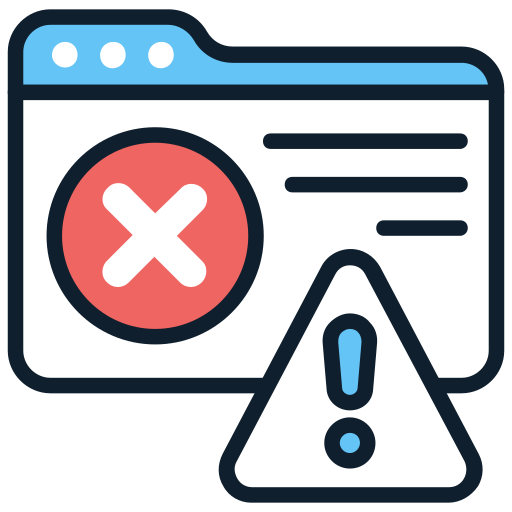Your Cart is Empty
Great Gym mats, good size and quality. Nothing cheaper out there

The site owner may have set restrictions that prevent you from accessing the site. Please contact the site owner for access.
 MIDA Fraud IP Blocker
MIDA Fraud IP Blocker
OUR SYDNEY SHOWROOM IS OPEN MONDAY TO SATURDAY 9AM - 6PMVISIT NOW
OUR SYDNEY SHOWROOM IS OPEN MONDAY TO SATURDAY 9AM - 6PMVISIT NOW
May 24, 2022 4 min read
A BEGINNERS GUIDE TO TRAINING & HOW TO GET STARTED:
So, you want to start training, but you have no idea where to even begin?!
You feel overwhelmed, yet motivated and at the same time totally clueless. Don’t worry, we’ve all been there, even if you are returning to training, we all experience the same revolving question: “Where do I start?”
Firstly, you’ll need to create a training plan that is sustainable and easy to follow. Grab a pen and paper and start by asking yourself some questions:
Where am I going to train?
How am I going to train?
Am I going to attend classes? Or 1 on 1 PT sessions? Or both?
How much money am I willing to invest into training?
How much time am I willing to invest into training?
Am I going to seek a coach or follow a program?
What are my goals?
What is my WHY?
This may seem overwhelming and it’s totally okay if you don’t have the answers to all the questions above. As you begin your training journey, you will learn so much about yourself.
GET A COACH
No matter where you are in your training journey, always seek guidance from a coach or multiple. Learning from a coach will help you improve your knowledge, confidence and skills. Coaches are not only invested in YOUR journey but they are there to help you progress in a safe and educational environment. And progress = happiness!
PRIORITISE YOUR TRAINING
PLAN YOUR TRAINING
I usually like to plan my workout as follows:
Having a plan will make your training more productive and progressive. It’s important to understand that progress is not always linear and strength and skill acquisition takes time. Becoming stronger, fitter or more flexible can be a slow process,but training less won’t speed it up. Stick to your plan.
DON’T FORGET TO REST & RECOVER!
KEEP AN OPEN MIND
EMBRACE YOUR JOURNEY
- Alex Reyne
Never miss a thing!
Be the first to know about upcoming sales and promos. Get a $20 discount voucher when you subscribe today!*
*Min Spend $150
Get a sneak peek on upcoming promos and get $20 off your first order!
* Please Note: Min Spend $150
Great Gym mats, good size and quality. Nothing cheaper out there
Great pricing and fast delivery Thanks